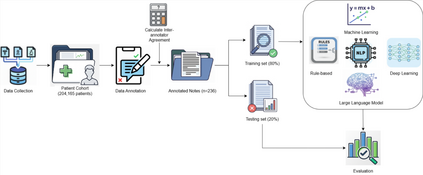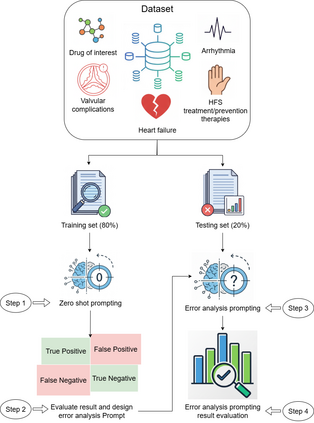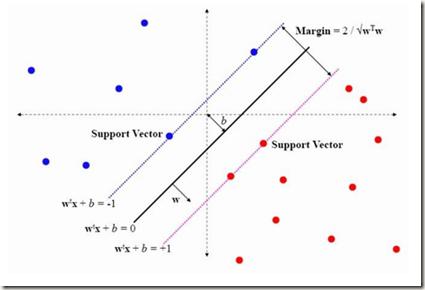Objective: Fluoropyrimidines are widely prescribed for colorectal and breast cancers, but are associated with toxicities such as hand-foot syndrome and cardiotoxicity. Since toxicity documentation is often embedded in clinical notes, we aimed to develop and evaluate natural language processing (NLP) methods to extract treatment and toxicity information. Materials and Methods: We constructed a gold-standard dataset of 236 clinical notes from 204,165 adult oncology patients. Domain experts annotated categories related to treatment regimens and toxicities. We developed rule-based, machine learning-based (Random Forest, Support Vector Machine [SVM], Logistic Regression [LR]), deep learning-based (BERT, ClinicalBERT), and large language models (LLM)-based NLP approaches (zero-shot and error-analysis prompting). Models used an 80:20 train-test split. Results: Sufficient data existed to train and evaluate 5 annotated categories. Error-analysis prompting achieved optimal precision, recall, and F1 scores (F1=1.000) for treatment and toxicities extraction, whereas zero-shot prompting reached F1=1.000 for treatment and F1=0.876 for toxicities extraction.LR and SVM ranked second for toxicities (F1=0.937). Deep learning underperformed, with BERT (F1=0.873 treatment; F1= 0.839 toxicities) and ClinicalBERT (F1=0.873 treatment; F1 = 0.886 toxicities). Rule-based methods served as our baseline with F1 scores of 0.857 in treatment and 0.858 in toxicities. Discussion: LMM-based approaches outperformed all others, followed by machine learning methods. Machine and deep learning approaches were limited by small training data and showed limited generalizability, particularly for rare categories. Conclusion: LLM-based NLP most effectively extracted fluoropyrimidine treatment and toxicity information from clinical notes, and has strong potential to support oncology research and pharmacovigilance.
翻译:暂无翻译









